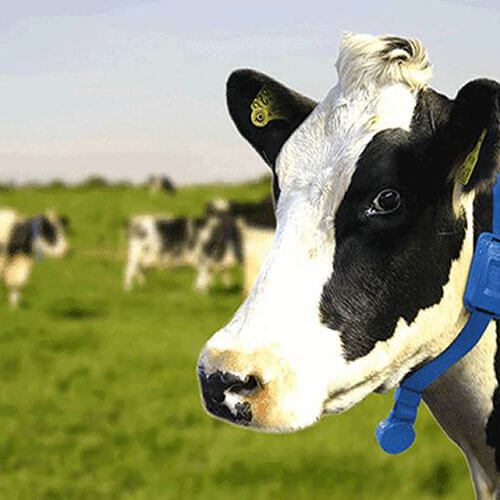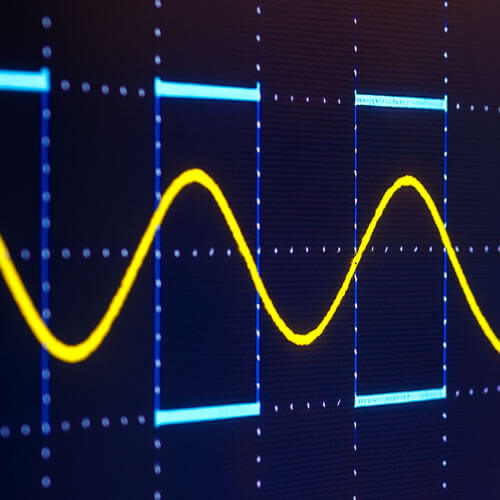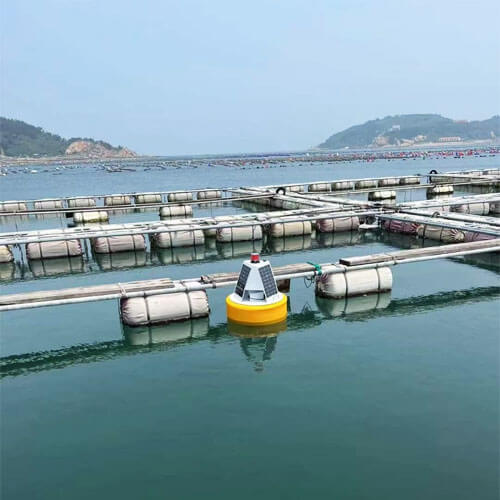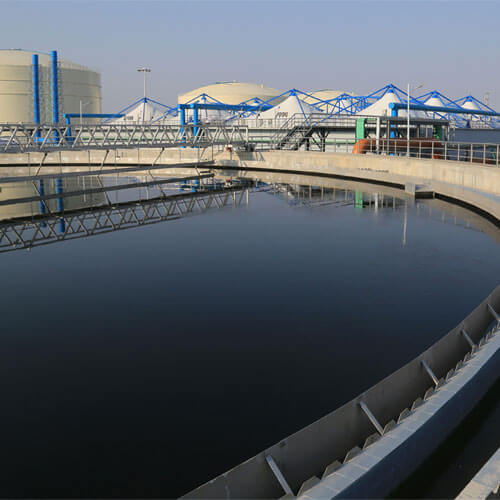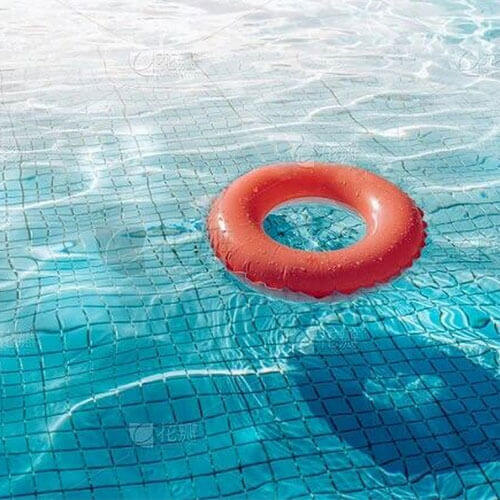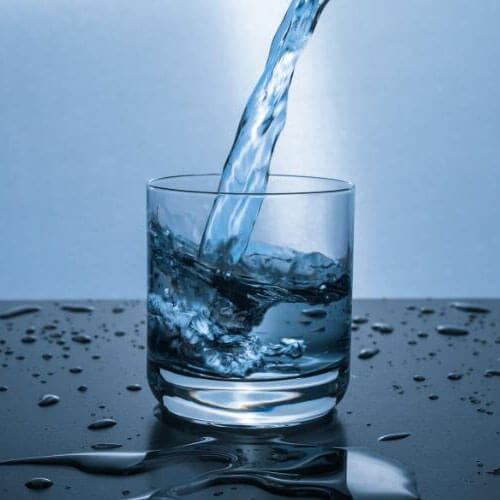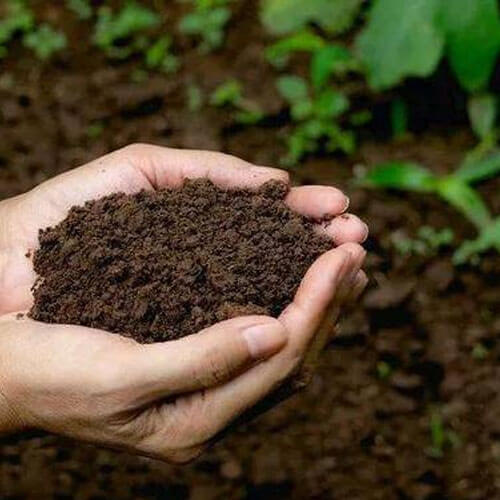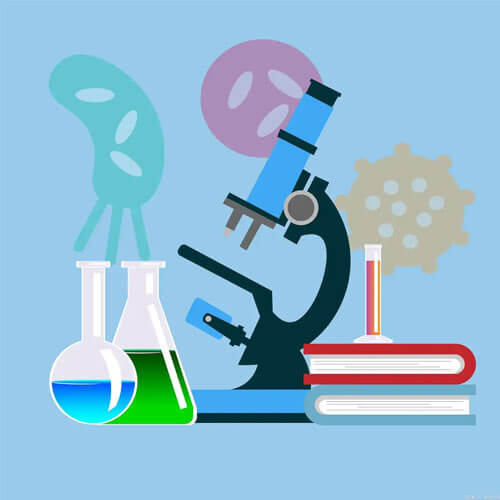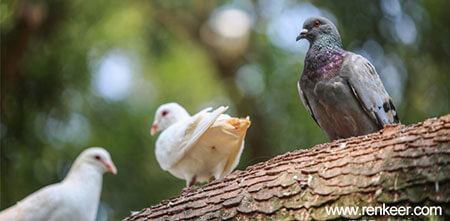
What is the role of sensor?
As the “perception layer” of the Internet of Things, sensors collect and organize the movement and environment of objects through a sensor network. They are an important part of the breeding environment monitoring system.
In the breeding industry, the multi-point arrangement method is adopted to continuously monitor the air temperature and humidity in the breeding farm environment, the light intensity, the concentration of harmful gases such as carbon dioxide, sulfide, and ammonia by installing sensors, which is the information obtained by the breeding environment monitoring system The only means and way for the sensor to collect information is accurate, reliable, and real-time, which will directly affect the processing and transmission of information by the control node.

The functions of the IoT
The IoT is the use of communication technologies such as local networks or the Internet to connect sensors, controllers, machines, people, and things together in a new way to form a connection between people and things, things and things, and realize informatization, remote management, and control. Intelligent network. It has strong data processing capabilities and can implement intelligent control of objects.
What is a breeding environment monitoring system
Renke is composed of an acquisition layer, transmission layer, control layer, and application layer. Real-time online collection of air temperature and humidity, carbon dioxide, ammonia, hydrogen sulfide, and other elements in the breeding environment through the sensing layer, and data transmission through network technology through the transmission layer. At the same time, it integrates and transforms existing farm environment control equipment and feeding equipment, Enabling users to realize automation, intelligence, and remote management of the farm environment at the application layer.
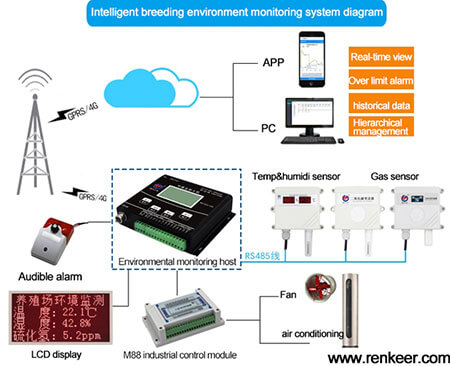
Sensor devices such as temperature, humidity, ammonia, etc. are used as the sensing layer, which can continuously collect real-time data of various elements of the environment online, and upload the data to the monitoring through GPRS/4G wireless or 485, Ethernet wireless communication through the transmission layer environment monitoring host Software cloud platform; as the management center of the system, the cloud platform has the functions of data collection, data analysis, over-limit alarm, and remote linkage.
Farmers log in to the management platform through computers, mobile phones, iPads, and other terminals, and can grasp real-time information of various environmental elements of the farm in real-time. When abnormal parameters occur, the system will notify in time through telephone, SMS, email, and other alarm methods. Managers, and automatically send a linkage command to the monitoring host to turn on or off. If the temperature in the house is too high, the system will automatically turn on the ventilation equipment to ensure that the air quality in the breeding house is suitable for the growth of animals.
The aquaculture environment monitoring system is based on the Internet of Things technology, uses sensors to surround the production and management of facility aquaculture, and realizes continuous online collection of environmental information (air temperature and humidity, carbon dioxide, ammonia, hydrogen sulfide, and other toxic gases) of the farm, and integrates and transforms the existing The environmental control equipment of the breeding farm realizes the intelligent production and scientific management of the breeding industry.
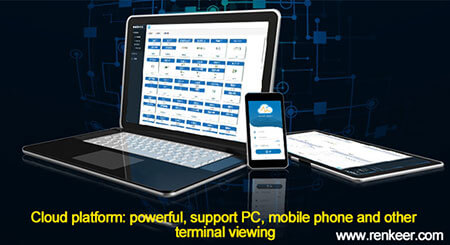
With the gradual deepening of informatization, the IoT and sensor technologies are widely used in intelligent transportation, agricultural monitoring, meteorological environment monitoring, government work, public safety, safe home, smart fire protection, lighting control, water system monitoring, food traceability, and enemy investigation And intelligence collection and other fields promote the intelligent and automated process of management in these industries.

